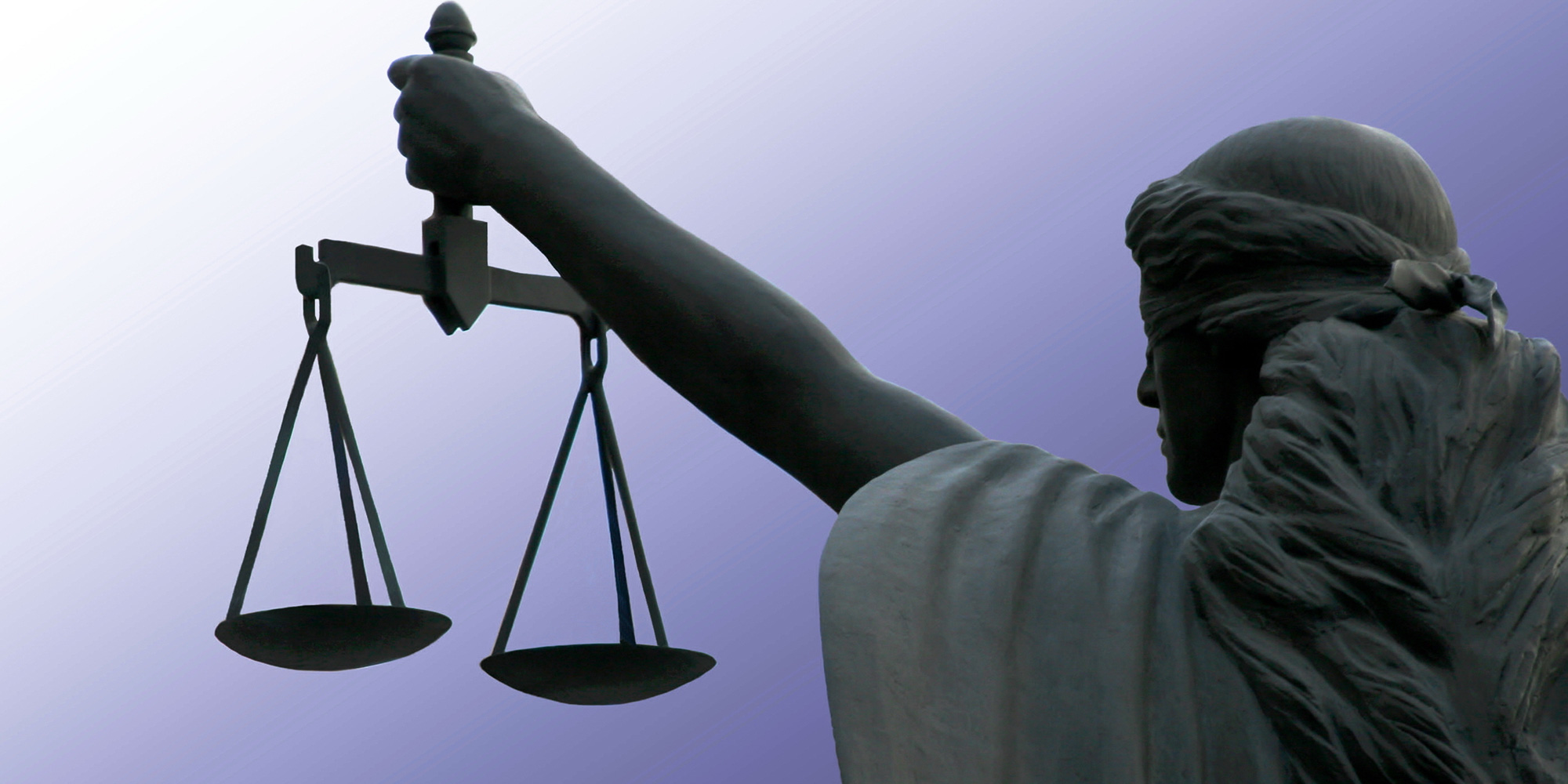 by Deborah McCallum
by Deborah McCallum
The Facts
- Our Country’s largest growing population is the entire Aboriginal Community
- First Nations School System is 28 years behind rest of Canada
- Funding gap of over $3000 per student between First Nations students and students in publicly funded systems
- Over 500 First Nations in North America
- 40% of First Nations, Metis & Inuit populations are in the school system, compared with 25% of Canadian counterparts
- Each Nation has its own language, traditions, celebrations, customs, and ceremonies
- First Nations education practices have always been a community responsibility, from time immemorial to colonial period
- The Indian Act of 1876 gave the Crown and the Crown’s representatives the power to make decisions about First Nations, Metis, Inuit people, and among these decisions was the implementation of the Residential School System
- Vast numbers of aboriginal children were taken from their homes and placed into isolated institutions, Residual effects still exist in First Nations students today and manifest in many different ways
- Only now are many reserves obtaining new schools that were promised as part of the Indian Act. Many Reserves still do not have schools
- Some students are being placed on some reserves and run by Indian and Northern Affairs Canada, or students transported to publicly funded schools
- More funding is needed from Indian and Northern Affairs Canada for the provision of quality education to Aboriginal Students.
Achieving Aboriginal Student Success: A Guide for K to 8 classrooms. Portage & Main Press, 2011.
We need to remember:
- We cannot generalize any group of people; there were and are culturally diverse groups of Aboriginal People across Canada
- First Nations, Metis, & Inuit peoples lived in independent, self-governing societies before the arrival of the Europeans
- Lives were based on a sacred relationship to nature
- The First Peoples considered the physical and spiritual worlds to be inseparable
- Aboriginal peoples today live quite differently than they did before the arrival of the Europeans
- First Nations peoples (like all others) have a variety of belief systems
- There are unique spiritual beliefs of many First peoples
- In most First Nations, Metis & Inuit cultures, the well-being and survival of the group significantly influenced all decisions. Sharing and cooperation became significant values.
- Wealth was not generally measured in terms of possessions. It meant good health, good relationships, and spiritual and mental well-being.
- There was considerable movement of people over time for many reasons. It is important to understand the reasons for this migration to appreciate the diversity among Canada’s First Nations, Metis & Inuit peoples
Aboriginal Education Handbook, entitled, Aboriginal Presence in Our Schools: A Guide for Staff, 2007.
Resources to Implement Quality Education:



